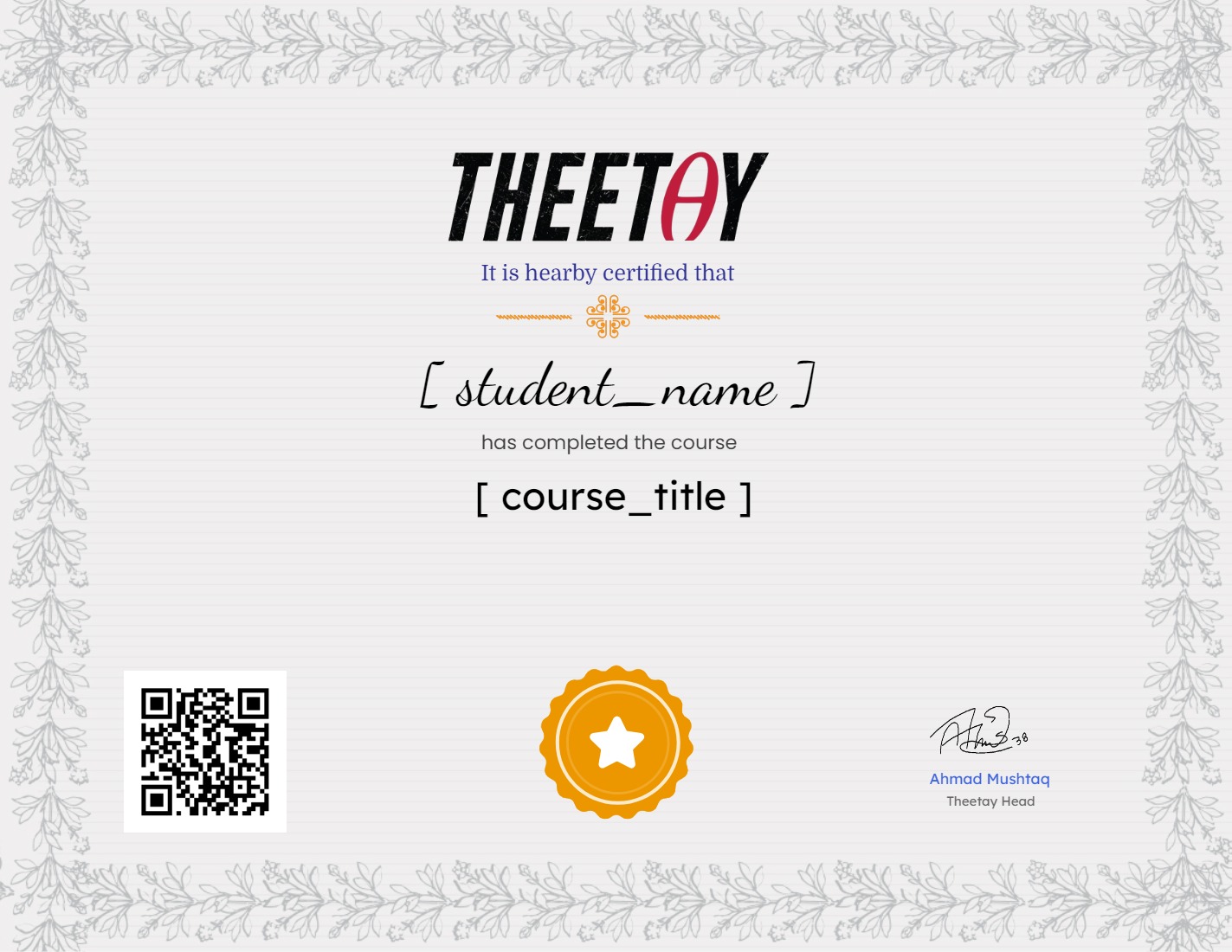Applied Control Systems 2: autonomous cars (360 tracking)

About Course
Dive deep into the world of autonomous vehicle control with this free Applied Control Systems 2: Autonomous Cars (360 Tracking) course. Taught by Mark, an Aerospace & Robotics Engineer, this course builds upon the concepts of Applied Control Systems 1: Autonomous Cars: Math + PID + MPC, and dives deeper into the world of autonomous vehicle design and implementation.
Learn how to design and implement control systems for autonomous vehicles using advanced techniques like Model Predictive Control (MPC) and Linear Parameter Varying (LPV) systems. This course will guide you through applying a linear MPC controller to a nonlinear system using the LPV form, enabling your autonomous vehicle to track a general 2D trajectory. You’ll also gain valuable knowledge in using quadratic solvers to apply MPC constraints and keep your system operating within realistic boundaries.
Key topics covered include:
- Model Predictive Control (MPC)
- Linear Parameter Varying (LPV) systems
- Quadratic solvers
- Autonomous vehicle control
This free course is available now on Theetay. This course is from Udemy and is part of our collection of free top-rated courses from platforms like Udemy, Udacity, Coursera, MasterClass, NearPeer, and more.
Course Content
Revision
-
Introduction & general instructions
06:24 -
Equations of motion formulation in the lateral direction
06:53 -
Going from equations of motion to the state-space equations
06:33 -
Controller limitations from the small yaw angle assumption 1
05:02 -
Controller limitations from the small yaw angle assumption 2
08:21 -
Model Based Control VS PID
05:50 -
Revision of the plant box equations
04:58 -
Revision of the MPC basic principle
05:26 -
Revision of the MPC basic principle
05:26 -
Revision of the MPC basic principle
05:26 -
Revision of making the LTI system discrete
11:38 -
Revising how MPC predicts future states
07:12 -
Revision of augmenting the LTI state space model – exercise
05:43 -
Revision of augmenting the LTI state space model – solution
03:32 -
Revision of MPC cost function reformulation
11:06 -
Course Material Download Link
00:00
State space equations for the plant
LPV – MPC – no constraints (Intro to Linear Parameter Varying method)
LPV – MPC controller – with constraints + cubic polynomials
The Python code implementation of the LPV-MPC controller with the constraints
Earn a certificate
Add this certificate to your resume to demonstrate your skills & increase your chances of getting noticed.

Student Ratings & Reviews


